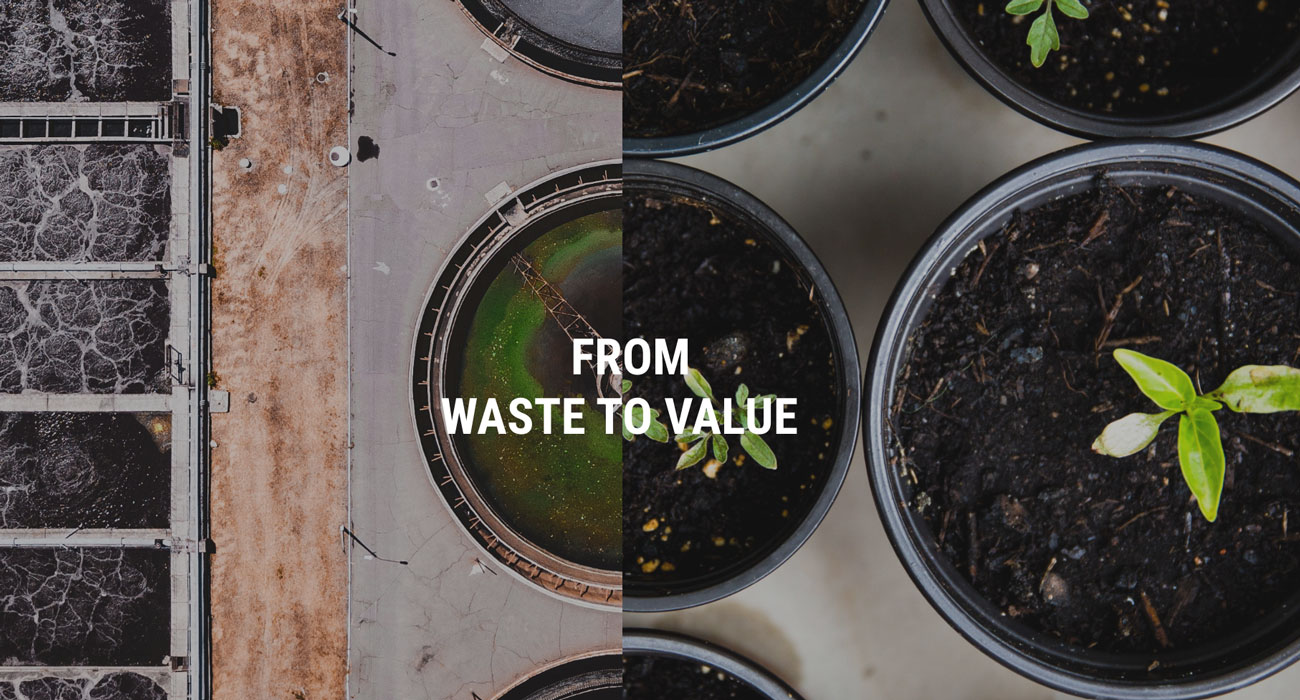Sources of Raw Materials for Biomass Pyrolysis Plants
In the realm of renewable energy and sustainable resource utilization, biomass pyrolysis plants play a pivotal role in converting organic materials into valuable biofuels, biochar, and other bioproducts. The success and efficiency of these plants hinge on the availability and quality of raw materials. In this comprehensive exploration, we delve into the diverse sources of raw materials for biomass pyrolysis plants and their implications for sustainable energy production and environmental stewardship.
Agricultural Residues
Agricultural residues constitute a significant portion of the feedstock utilized in biomass pyrolysis plant. These residues include crop residues such as straw, husks, stalks, and shells, as well as processing by-products like bagasse from sugarcane processing and hulls from rice milling. With abundant availability and minimal processing requirements, agricultural residues offer a cost-effective and sustainable source of biomass for pyrolysis.
Forestry Waste
Forestry waste, including logging residues, sawdust, wood chips, and bark, represents another crucial source of raw material for biomass pyrolysis plants. These materials are generated during timber harvesting, processing, and forest management activities. By utilizing forestry waste as feedstock, pyrolysis plants not only mitigate the environmental impact of forestry operations but also create value from previously underutilized biomass resources.
Energy Crops
Dedicated energy crops such as switchgrass, miscanthus, and fast-growing tree species like willow and poplar are increasingly being cultivated as feedstock for biomass pyrolysis plants. These crops are characterized by their rapid growth rates, high biomass yields, and suitability for marginal lands unsuitable for food crops. By utilizing energy crops, pyrolysis plants can mitigate competition with food production while maximizing biomass productivity and energy output.
Organic Wastes
Organic wastes from municipal, industrial, and agricultural sources offer another valuable feedstock option for biomass pyrolysis plants. These wastes include food waste, green waste, sewage sludge, and animal manure, which are rich in organic carbon and nutrients. By diverting organic wastes from landfills and incinerators, pyrolysis plants contribute to waste management efforts while simultaneously generating renewable energy and biochar for soil amendment.

Algae and Aquatic Biomass
In addition to terrestrial biomass sources, biomass pyrolysis plants can also utilize algae and aquatic biomass as feedstock. Algal biomass, cultivated in open ponds or closed bioreactors, offers high biomass productivity and can be harvested year-round. Aquatic plants such as water hyacinth and duckweed, which proliferate in water bodies, can also be harvested and processed for pyrolysis. By tapping into aquatic biomass resources, pyrolysis plants can diversify their feedstock options and leverage underutilized aquatic ecosystems for biomass production.
Municipal Solid Waste (MSW)
Municipal Solid Waste (MSW) presents a complex but potentially lucrative feedstock for charcoal maker machine. MSW comprises a heterogeneous mixture of organic materials, plastics, paper, glass, and metals, which can be challenging to process. However, advanced sorting and preprocessing technologies enable the segregation of organic fraction for pyrolysis, yielding bio-oil, syngas, and biochar while diverting recyclable materials from landfills.
Industrial By-Products
Various industries generate organic by-products and waste streams that can serve as feedstock for biomass pyrolysis plants. These by-products include wood processing residues, paper mill sludge, brewery waste, and distillery residues, among others. By converting these by-products into bioenergy and bioproducts through pyrolysis, industries can achieve cost savings, reduce waste disposal costs, and enhance their sustainability credentials.
Conclusion
In conclusion, the diverse array of raw materials available for biomass pyrolysis plants underscores the versatility and sustainability of this technology in addressing the global energy and environmental challenges. By leveraging agricultural residues, forestry waste, energy crops, organic wastes, aquatic biomass, municipal solid waste, and industrial by-products, pyrolysis plants can create value from biomass resources while promoting renewable energy production, waste reduction, and carbon sequestration. As technology advances and biomass supply chains evolve, biomass pyrolysis plants are poised to play an increasingly vital role in the transition towards a more sustainable and circular bioeconomy.


Comments
No comments yet. Be the first to react!